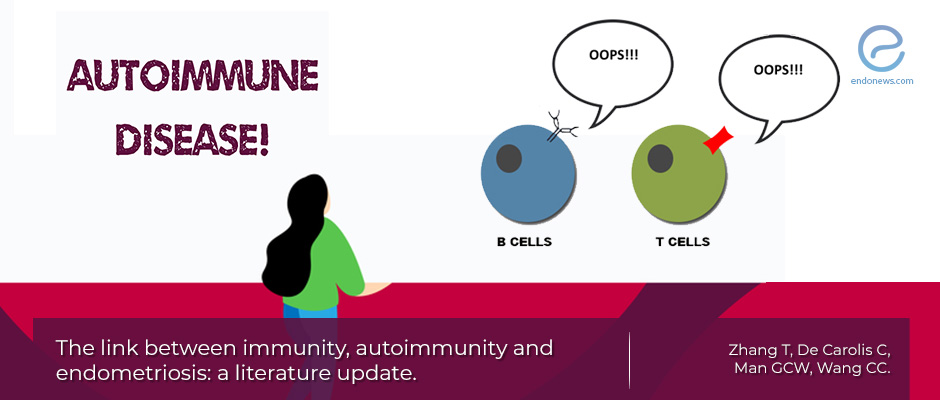Anti-IL-8 antibody ameliorates inflammation and fibrosis: A promising treatment for endometriosis
Endometriosis is a condition associated with chronic inflammation and fibrosis, and there are limitations and side effects with current treatments such as hormonal therapy and surgery. Interleukin-8 (IL-8) and monocyte chemoattractant protein-1 (MCP1) are inflammatory cytokines that play a crucial…
Key Points Lay SummaryAntiinflammatory lactoferrin molecule and antibody levels in endometriosis patients
A Japanese clinical research team led by Dr. Kaya Mori-Yamanaka from Shiga University of Medical Science Hospital, Otsu, Shiga, Japan, published their pioneering study on the role of serum lactoferrin and anti-lactoferrin antibody levels in endometriosis in a recent issue of…
Key Points Lay SummaryAn important matter to revise: Immune system changes in endometriosis
Endometriosis is a multifactorial disease with unclear and obscure pathogenetic mechanisms. In their review, Chopyak et al. revised the immunopathogenic pathways that are proven and/or thought to be responsible for disease development and progression. The article was published in the…
Key Points Lay SummaryProlactin receptor antibodies: A novel treatment proposal for endometriosis
Prolactin, a hormone that also acts as a proinflammatory cytokine through its receptor PRLR has been shown to be involved in endometriosis pathogenesis. Previous studies reported that women suffering from endometriosis had elevated prolactin levels. Also, in experimental studies done…
Key Points Lay SummaryAntinuclear Antibody May Be Linked to Milder Disease in Endometriosis
The prevalence of positive antinuclear antibody was 21.2% in women with endometriosis compared to 5.4% in controls, according to a new study published in the journal Human Immunology. Antinuclear antibodies are autoantibodies that bind to the content of the cell…
Key Points Lay SummaryThe link between autoimmunity and endometriosis
A popular model to explain the etiology of endometriosis is Sampson’s theory of retrograde menstruation. In this model, the viable endometrial tissue is spread and attached to the peritoneal cavity through the fallopian tubes during menstruation, resulting in an inflammatory…
Key Points Lay Summary
 By Eylül GÜN
By Eylül GÜN

 By Nasuhi Engin Aydin
By Nasuhi Engin Aydin



 By Özge Özkaya
By Özge Özkaya

 By Yu Yu
By Yu Yu